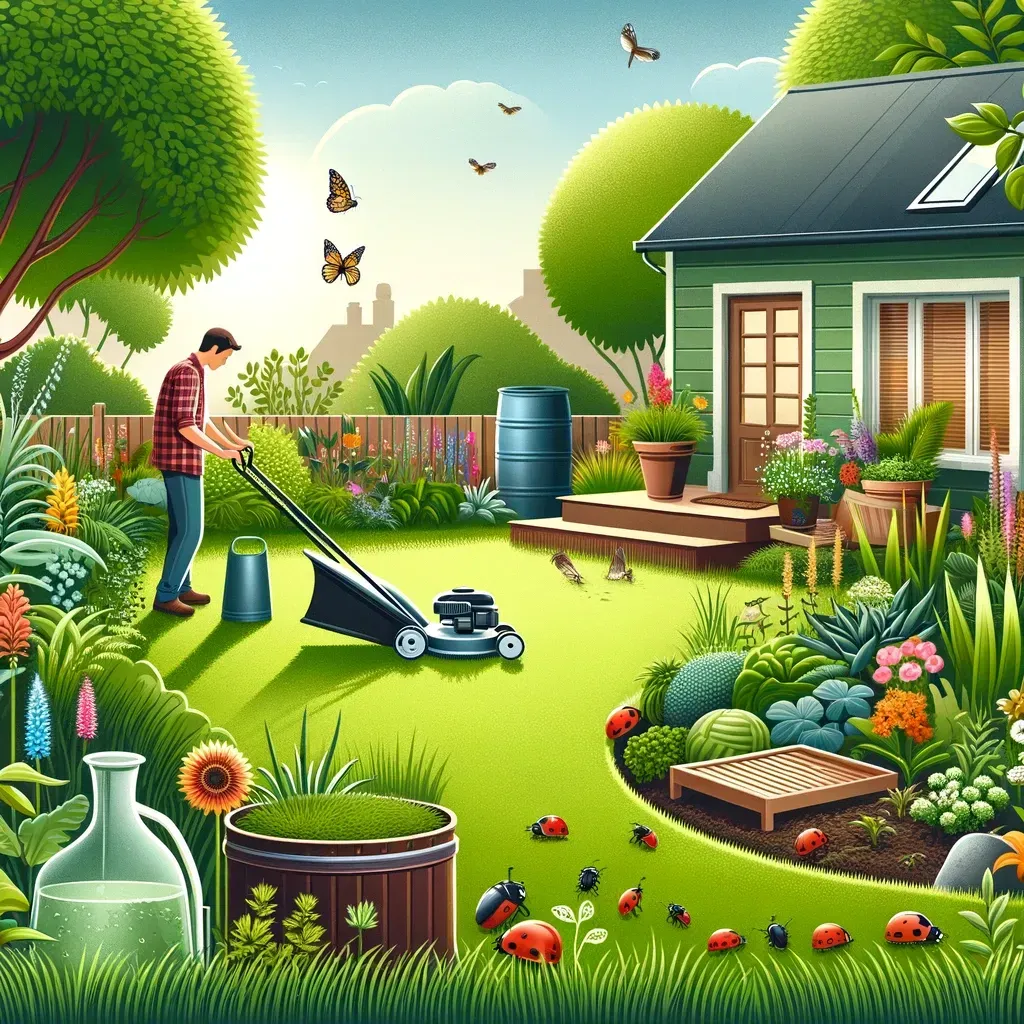
The Ultimate Guide to Eco-Friendly Lawn Care
Eco-friendly lawn care is becoming increasingly important for homeowners who wish to maintain their lawns in a way that supports the environment. With growing concerns about water usage, chemical runoff, and the impact on local wildlife, adopting sustainable practices in lawn care is not just beneficial for the planet, but also for the health and safety of your family and pets. Here’s a comprehensive guide to eco-friendly lawn care that will help you achieve a lush, green lawn the sustainable way.
1. Choose Native Plants
Native plants are adapted to the local climate and soil conditions, which means they require less water, fertilizer, and pesticides to thrive. Incorporating native grasses and flowers into your lawn not only reduces maintenance but also provides a habitat for local birds, bees, and butterflies. Research the native plants in your area and consider them for your lawn and garden.
2. Opt for Organic Fertilizers
Organic fertilizers are made from natural materials, such as compost, manure, or bone meal, and they release nutrients slowly, improving soil health over time. Unlike synthetic fertilizers, they don’t contribute to chemical runoff that can harm local waterways and wildlife. Additionally, organic matter increases the soil's ability to retain water, reducing the need for frequent watering.
3. Implement Smart Watering Practices
Overwatering is a common issue in lawn care that not only wastes water but also promotes shallow root growth, making your lawn more susceptible to drought and disease. To conserve water, water your lawn deeply but infrequently, encouraging deeper root growth. Consider installing a rain barrel to collect rainwater for your garden, and use soaker hoses or drip irrigation to target water directly to the roots where it’s needed most.
4. Embrace Manual Weed Control
While it might be tempting to reach for chemical herbicides to tackle weeds, manual removal is a safer and more eco-friendly option. Regularly inspecting your lawn and pulling weeds by hand or using a tool can effectively manage weed growth without harming the environment. For a natural herbicide, consider vinegar or corn gluten meal, which can suppress weed growth without toxic chemicals.
5. Practice Natural Lawn Pest Management
Pests can be a challenge in any garden, but before resorting to chemical pesticides, try natural alternatives. Encourage beneficial insects, such as ladybugs and lacewings, which prey on common lawn pests. Planting pest-resistant grass varieties and maintaining healthy soil can also reduce pest infestations. If you must use a pesticide, opt for organic products and apply them sparingly.
6. Mow Properly
Proper mowing practices can have a significant impact on the health and sustainability of your lawn. Mow your grass to the recommended height for its species, usually between 2.5 to 3 inches, to promote deep root growth and drought resistance. Leave grass clippings on the lawn as a natural fertilizer, and use a manual or electric mower to reduce emissions.
Adopting eco-friendly practices in lawn care not only contributes to a healthier environment but can also create a more beautiful and resilient lawn. By choosing native plants, opting for organic fertilizers, implementing smart watering practices, embracing manual weed control, practicing natural pest management, and mowing properly, homeowners can enjoy a lush lawn that’s both stunning and sustainable.
